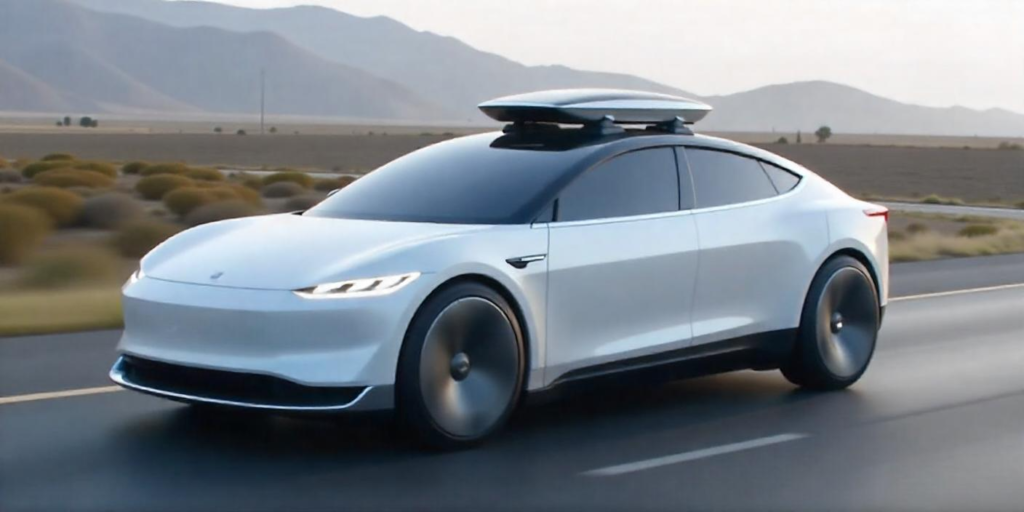Share This Article
Introduction
The future of mobility is electric; 2025 will be a watershed year in the history of the automobile. The carmakers have upped the ante on electric mobility with dozens of upcoming EV launches. As the world begins to take effective steps to fight carbon footprints, the EV launches see the major role to play to create the future of the industry.
This article, in detail, will discuss launches of the most awaited electric cars for 2025, features, trends, advantages, government policies, and environmental impacts of adopting EVs.
Why is 2025 a Crucial Year for Electric Cars?
The year 2025 is earmarked for a huge shift in the global motor vehicle industry. There are several reasons why this is happening so fast:
- Stricter Emission Regulations: Governments are coming up with stringent emission norms worldwide, forcing automakers to shift towards electric mobility.
- Advancing Battery Technology: Performance, capacity, and charging times of EVs have all greatly improved—electric cars are now becoming rather attractive options.
- Increased Infrastructure Development: A growing charging network and government incentives create positive conditions for consumers’ transition to electric vehicles.
- Consumer Demand for Sustainability: Awareness for keeping carbon footprints small has greatly encouraged the EV uptake.
Upcoming Electric Cars for 2025: Most Awaited EV Models
- Tesla Model
- Affordable for the Masses
Tesla has definitely held a torch for the EV market over the years, with the Model 2 being lined up for suspect Oréal waters as the apparent next affordable proposition to a larger audience.
Key features:
- Price estimates start below $30,000
- Over 250 miles range
- Advanced autopilot and full self-driving functions
- Supercharging at ludicrous speeds
- Apple Car: The Self-Driving EV to Be Revolutionized

The Apple Car has been long-awaited in the electronic vehicle industry, and it may well make its roads in 2025.
Key features:
- Fully autonomous driving system
- AI navigation system
- Compatibility with the Apple ecosystem
- Minimalist futuristic design
Rivian R2: The Adventure EV

Key features:
- Range above 300 miles
- Off-roading capabilities
- Roomy interior with innovative storage solutions
- Fast charging
Volkswagen ID.2: The Cheaper European EV
Key features:
- Compact outside, spacious inside
- Digital cockpit
- Sustainable manufacturing
- Range equipped with 200-plus miles
- Mercedes-Benz EQG: The Electric G-Wagon
The Mercedes-Benz EQG will bring electric power to the legendary G-Class for all the lovers of luxury and off-road excellence.
Key features:
- Powerful quad-motor setup
- Luxurious yet rugged design
- High-performance battery with long range
- Advanced off-road technology
The Future of EV Technology in 2025
- Solid-State Batteries: The Next Big Leap
Solid-state batteries will be among the top advances in EV technology. These batteries offer:
- Higher energy density
- Faster charging
- Improved safety
- Longer lifespan compared to lithium-ion batteries
- Wireless Charging: Convenience at Its Best
Wires will see wireless EV charging become commonplace, adding convenience for users who will not need to plug in. - Vehicle-to-Grid Technology
Vehicles send excess energy back to the grid with V2G technology; hence, electric cars become the key component in the renewable energy ecosystem.
Environmental and Economic Impact of EV Adoption
- Carbon Emission Reductions
No tailpipe emissions by electric vehicles lead to improved air quality, along with a reduction in greenhouse gases. - Low Operating Cost
Electric vehicles have lesser operating costs than ICE vehicles as they have fewer moving parts. - Government Subsidies and Tax Benefits
Various governments are providing subsidies and tax benefits to EV owners in a bid to make electric cars affordable.
Challenges That the EV Industry Will Face in 2025
- Lack of Charging Infrastructure
While charging infrastructure is fast maturing, there are still major challenges to its implementation, especially for the rural population. - Recycling of Batteries
With increased EV production, the industry must concentrate on battery recycling to minimize environmental harm. - High Initial Costs
The cost-effective solutions that would make EV options available to all consumers are still highly required since even with decreasing prices, EVs are still more expensive than conventional gasoline vehicles.
Conclusion: Are You Prepared for the EV Revolution?
2025 will be a landmark year for the EV industry, with many mind-blowing models coming down the lane. You will find an EV for every need from the affordable EV, a.k.a. Tesla Model 2, to the luxurious Electric SUV, a.k.a. Mercedes EQG.
Now is the time for electric mobility as governments, automakers, and consumers work together toward sustainability.
Keep checking in with us on new electric vehicle launches and prepare to drive into the future!
Frequently Asked Questions (FAQs)
- What is the cheapest electric car that will be manufactured by 2025?
The Tesla Model 2 and the Volkswagen ID.2 are among the expected cheapest electric cars to be manufactured in 2025. - Are electric cars good for the environment?
Yes, electric vehicles produce no emissions, thus lessening air pollution and carbon footprints. - What is the biggest hurdle ahead for EV adoption?
Charging infrastructure, battery sustainability, and high initial costs continue to affect widespread adoption. - Which companies will introduce electric vehicles in 2025?
Tesla, Apple, Ford, General Motors, Rivian, and so forth.



